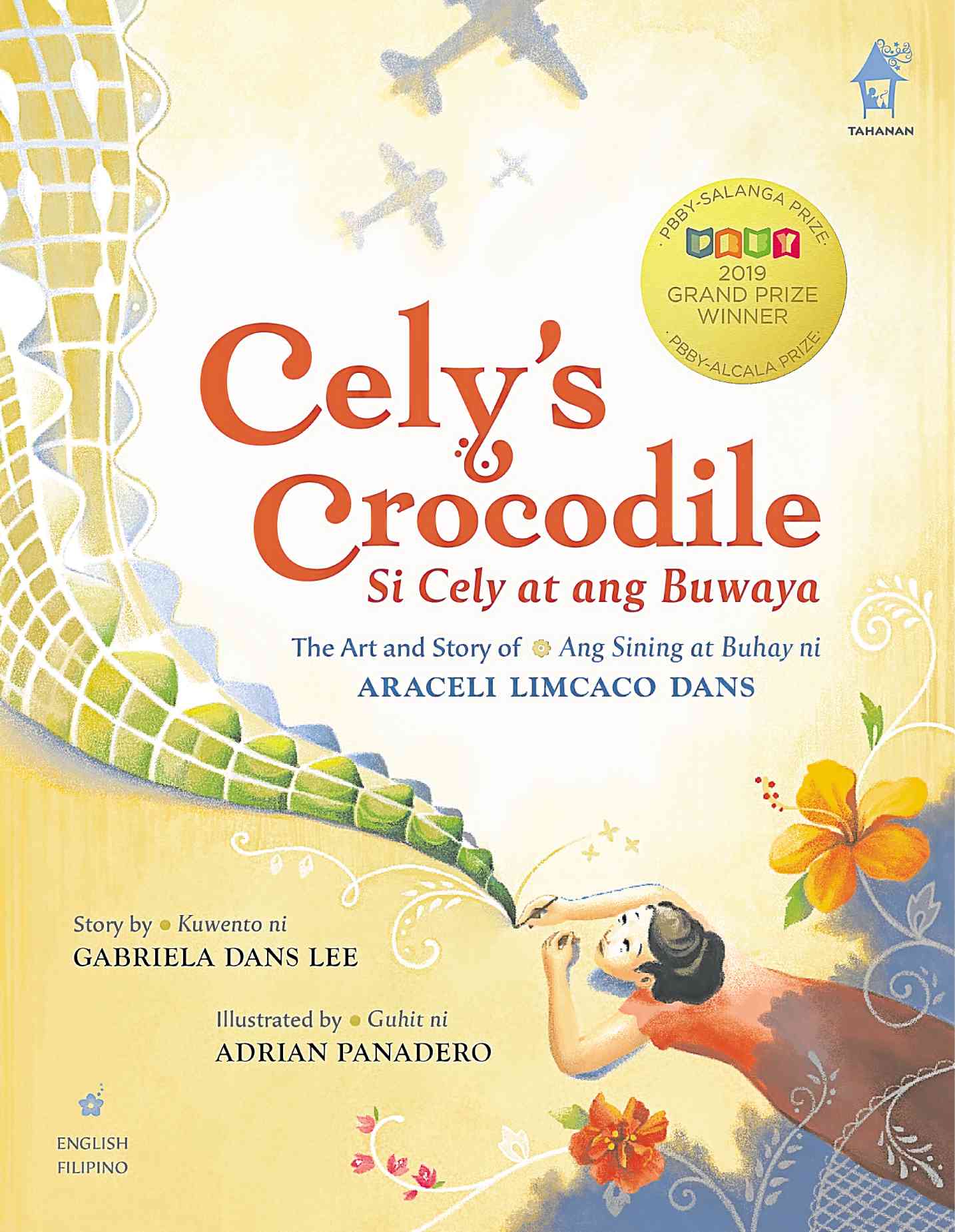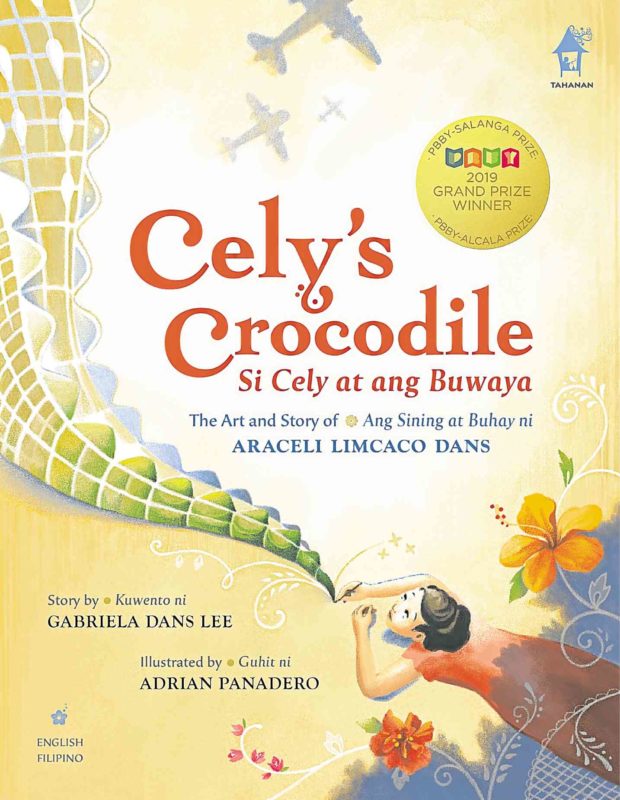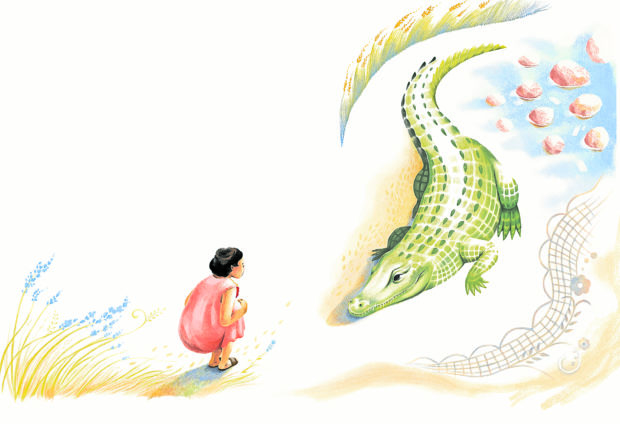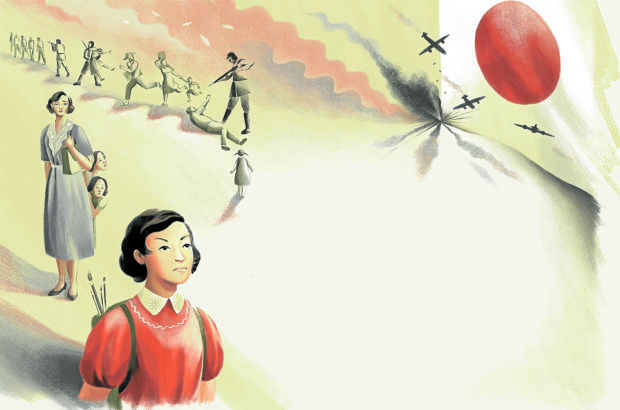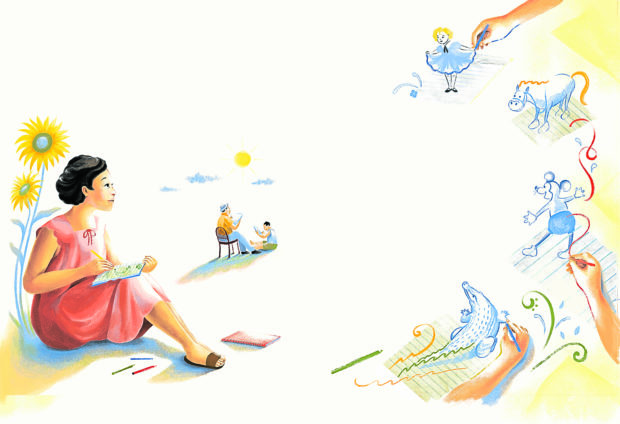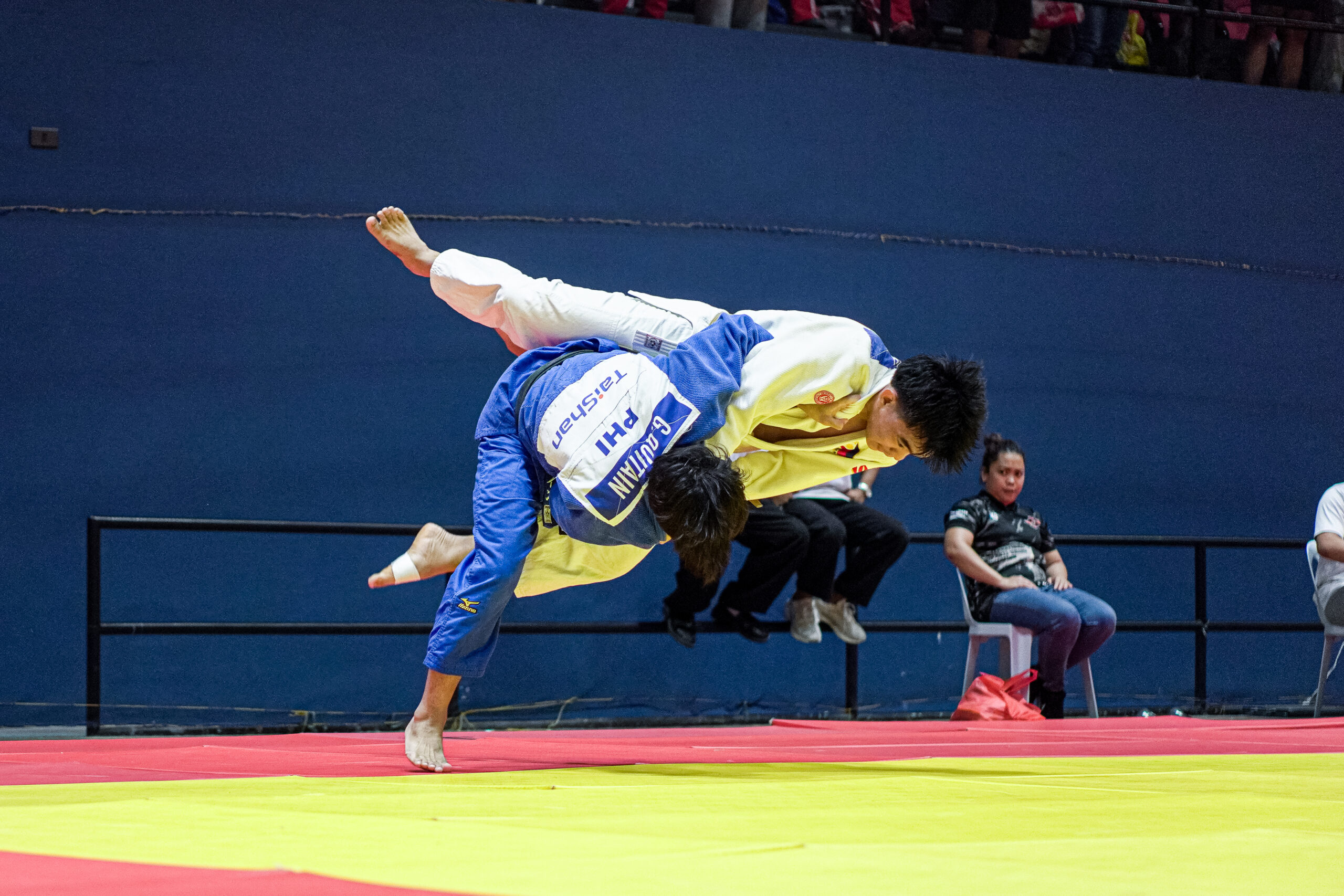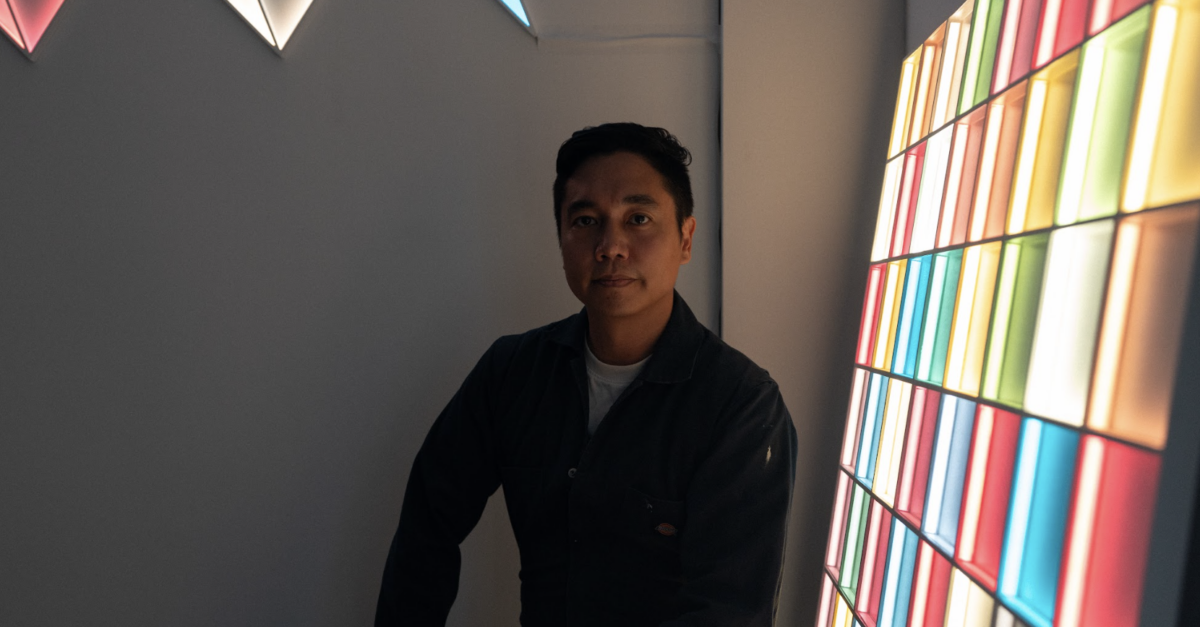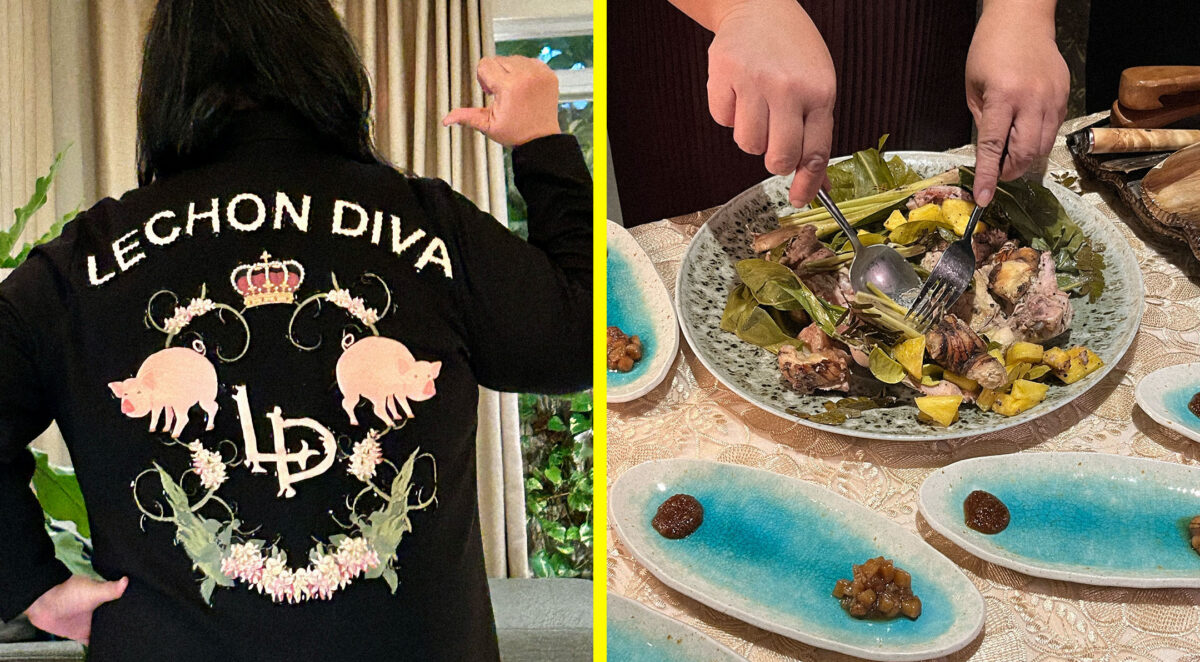
Extraordinary books are extraordinary because of the story within, of real, gifted people doing improbable things. These books are made even more special because of the gifted people behind the book, a story behind the story.
This is the case with the 2020 Tahanan Books for Young Readers children’s book “Cely’s Crocodile: The Art and Story of Araceli Limcaco Dans,” written by Gabriela “Gabby” Dans Lee and illustrated by Adrian Panadero. Gabby won the 2019 Philippine Board on Books for Young People (PBBY)-Salanga prize for writing the story about Dans, who is her grandmother, and Panadero won the PBBY-Alcala prize—and the opportunity to illustrate the book.
Dans, of course, is a pioneering artist, known most for her impossibly delicate paintings of calados, the hand-embroidered cloth made from piña (pineapple fibers). But she has also lived a nearly unbelievable life, surviving the war, and persevering with her art amid discouragement on many fronts.
There is also the matter of the crocodile.
“Cely’s Crocodile” begins with a young Dans, then nicknamed “Cely,” being surprised by her father arriving home from another trip with a most unusual pasalubong—a live crocodile, which would wind up living in the family’s swimming pool. Cely’s mother is terrified the crocodile will devour one of the children, while the children soon grow bored of the reptile.
But Cely is fascinated by the animal’s scales, and one day asks her mother if she can draw the animal. Despite her mother’s discouragement, Cely starts doing so, focusing on the intricacy of the scales, and this starts her on a path of wanting to do more art.
One day, the crocodile is taken away, just like that, and is never seen again.
Meanwhile, Cely persists in her art, and her father enrolls her in Santa Rosa College, where she excels. But when she is 12, the Japanese invade the Philippines during World War II, and as a means of resistance, she secretly draws propaganda comics for the guerrillas, narrowly escaping discovery when Japanese soldiers raid their house; she had hidden the comics in the ironing board.
After a brief, peaceful respite in Paete, Laguna, Cely returned to Manila after the war ended in 1945, but her parents had separated and she had to fend for herself. She still had her art, however, and she drew portraits of American soldiers to make money. This was when she discovered the beauty of the calados, and the flowers growing around her.
Gabby masterfully keeps the story simple, inspiring and dramatic, notably maintaining the metaphor of the crocodile throughout the narrative. Meanwhile, Panadero does a wonderful job of illustrating the epic story, capturing the scale of the happenings while putting the aforementioned calados and crocodile in the most unexpected places.
The story behind the story
That is where “Cely’s Crocodile” ends, but Dans’ story goes on.
After the war, she was enrolled in high school at the Philippine Women’s University (where she was drawing the aforementioned sketches of the American G.I.s), and that was where National Artist for Visual Arts Fernando Amorsolo discovered her, and entered her into the University of the Philippines (UP) College of Fine Arts, where he mentored her.
She graduated after only three years and embarked on an impressive career, exhibiting here and abroad. She would go on to marry Jose Dans Jr. and one of their 10 children, the artist Marcy Dans Lee, is the mother of Gabby.
Now, “Cely’s Crocodile” is a work of creative nonfiction, and is a lovely, reader-friendly version of true events—except for one particular detail.
Gabby, 37, is an assistant professor at UP Diliman, where she teaches creative writing and children’s literature. “We were all definitely raised in the shadow of my grandmother (whom she calls Lola Cheloy), whose artistic career influenced so many of my cousins who eventually took up fine arts in UP. Even as children, we knew that Lola was important—her paintings were always being sold or exhibited around the country, and even abroad, and she always spoke about creating pieces for curators, collectors and other artists. We all took pride in carrying the Dans name, and understood that our actions as individuals reflected on the family name.
“And because I grew up in a family that prized the creative arts and art education, I was certainly influenced by the idea that one could make a living practicing the creative arts, which is why I pursued creative writing as a BA degree,” she recalls.
“I have always wanted to write a children’s story about Lola, especially as she grew older and more fragile,” Gabby says. “I knew that part of preserving her legacy as a Filipina artist was to tell her story, and to make sure that it reached more people, especially children.

“As a writer, I felt responsible to find a way to let Lola’s legacy shine, both as an art educator and as an artist. I also felt that it was important to highlight the ways in which young people could take control of their lives despite living in difficult times, and I wanted to contribute to the conversation surrounding the value of an artistic education and practice for young people.”
When the PBBY-Salanga prize call for submissions came, Gabby saw the theme was children’s biography. “I knew that I had to submit Lola’s story. However, I also wanted to keep it a secret from her—that way, if I didn’t win, she wouldn’t have to know. No harm, no foul.”
She had heard the story about the crocodile and her grandmother’s life before, but lacked details. Fortunately, Dans’ friend, National Artist for Dance Leonor Orosa Goquinco, had written about this in her contribution to the coffee-table book “Araceli Limcaco Dans.”
Gabby drafted the story about five days before the deadline and submitted it under the original title of “A Delicate Strength.” “When I was informed that I won, I informed my mother and grandmother immediately—my mother, because she understood the value of the PBBY-Salanga prize, and obviously, my grandmother, because the story was about her.”
A little more to the story
Now, there is a little more to the story that wasn’t in the children’s book that bears telling.
According to Dans, as told to Marcy, Dans’ father Eleuterio Limcaco (whom Marcy called “Lolo Bombay”) was a traveling insurance salesman, and Dans must have been 5 or 6 when Eleuterio brought home the crocodile. It was most likely a freshwater Philippine crocodile (Crocodylus mindorensis).
Eleuterio’s wife, described in the book as “having a nervous breakdown” because of the crocodile, was Regina Fernandez Limcaco, nicknamed “Lola Chering.”
Now, Dans clarifies that she must have been too young to have been inspired by the crocodile itself to start drawing right then and there—and Marcy confirms this.
“She was too young to even think about calado paintings at 5 or 6 years old. But Gabby had brilliantly and creatively woven the similarity between the intricate (though scary) scales of a crocodile with the delicate and fine embroidery and lace of the calado. The crocodile in Gabby’s book was really a genius attention-getter,” Marcy says.
Gabby confirms that this was indeed the innovative addition to the narrative: “Yes, I really added the connection between the crocodile and the calado for the story. It’s the ‘creative’ part of creative nonfiction. I played around with the image of the crocodile throughout the story in order to provide the story with a clear visual reference. I knew that the story written by the winner of the PBBY-Salanga would be the basis for the PBBY-Alcala prize, and I wanted to give the artists who would be submitting something to play around with. I thought that if the artist would read the story clearly, they would see the challenge of illustrating the incongruity between the tough and ugly scales of a crocodile and the delicate calado patterns that Lola was known for.”
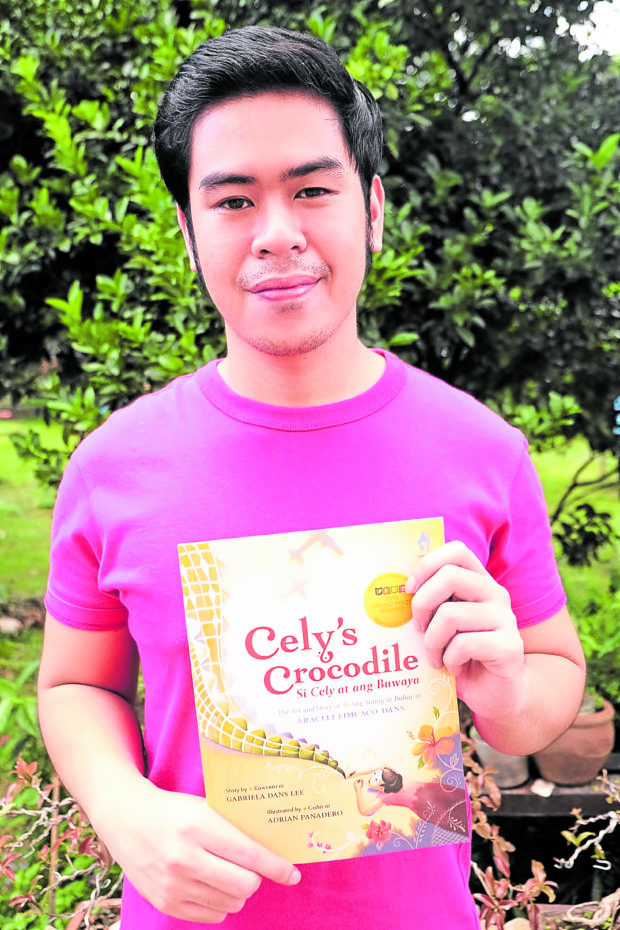
The unseen story
The task of illustrating “Cely’s Crocodile” fell to 26-year-old graphic designer and children’s book illustrator Panadero. He began working on his entry only a week before the deadline. “When I read that the story was about Araceli Limcaco Dans, I knew I had to push myself and submit an entry, time constraints notwithstanding,” he said.
“Rushing the creative process is not something I would recommend, but being a fan of Araceli Dans’ work, and particularly enjoying illustrating Filipiniana clothing and fabric, which she is known for, I told myself that this would be the perfect year to apply.
“As an illustrator, my immediate thought after reading it was, how do I marry Ms Dans’ delicate art style with images of war? How might I show the contrast between her joyful introduction to art and the frightening circumstances she grew up in? The most difficult part was looking at Ms Dans’ extensive body of work and finding a way to convey her art style without, one, looking like a subpar copy, and two, losing the spirit of the story.”
It took a whopping seven months to complete the illustrations, epic as a war and intricate as a veil. “Outside of the actual work, though, another difficult part of the whole process was trying to create art just as the pandemic was beginning. The panic, uncertainty and anxiety were sometimes hindrances to creating good artwork, but when I remember how Cely was creating art during wartime, that motivated me to pick up my pen.”
When the book was being put together, there was one more change to be made. “Similarly, Tahanan Books was the perfect publisher for the project, since they specialize in children’s books with a historical angle, and I’m so glad that my story found a home with them,” Gabby explains.
“They were the ones who suggested the title change, and I am so glad that we went with that title—it was an eye-catching title that drew the reader to the book.”
The book is told in both English and Filipino, with the Filipino translation provided by Cecilia S. Ochoa.
The book was launched on Nov. 21, 2020. “The best part of doing art for ‘Cely’s Crocodile’ was definitely seeing the reactions of Gabby, her grandmother—Cely herself!—and their family. While the story is for everyone, I recognize that it is also a story told within their family through the years,” Panadero says.
“Lola was very proud of me, of course, and she was my date—along with my husband and my mother—to the awards ceremony,” Gabby says. “I think she enjoyed the awarding ceremony more than me—she definitely knew more people there! As soon as the book was launched, Lola immediately ordered 50 copies to give away to friends, so I think it’s safe to say that she loved it.”
Family stories
This might come across as too much information, but did you ever wonder what happened to the crocodile? Well, Marcy has the answers, but emphasizes it’s not for children.
Lolo Bombay finally decided to get rid of the crocodile, and sent workers around the neighborhood to look for who might want to cook and eat it. They indeed found neighbors who wanted a taste of crocodile meat. Limcaco got his revolver and shot the reptile but, believe it or not, the bullets simply bounced off its skin. But it did anger the crocodile, which opened its jaws—into which Limcaco fired three bullets. The crocodile was skinned—while Dans and her siblings watched—and after the meal, the workers said the crocodile tasted like chicken.
By the way, Marcy has one ironic rejoinder to the whole affair: “Mom is afraid of all reptiles, including crocodiles.”
There is one more important note about “Cely’s Crocodile,” and that is the value of a seemingly improbable anecdote (the crocodile as pasalubong) and the powerful life story (Dans’) being passed down from one generation to another, which was Gabby’s goal all along.
Dr. Cristina Pantoja Hidalgo, respected teacher of creative nonfiction and professor emeritus at the UP Department of English and Comparative Literature, explains: “On the personal level, I think we all reach that point in our lives when it becomes important to know something about our ancestors—what they were like, how their characters and life decisions affected our own lives. Then, there’s the larger picture. Family stories are social history.”
Books such as “Cely’s Crocodile” are certainly helped when there is a good writer in the family tree willing to tell the stories. “The stories told by gifted storytellers are always important, and always moving,” she says. “How the story—incredible or not—will be received by readers will depend greatly on how the writer tells it.”
Most important, of course, is the preservation of the stories within the family’s narrative. If no one tells the story and it is lost, Hidalgo says, “The family is diminished by the lack of knowledge about its own past.” Beyond that, there is also the bigger narrative: “The reading public is deprived of a good creative nonfiction book, deprived of the enjoyment of getting to know the details of lives lived, and the author’s insights into those lives.”
The continuing story
Today, Dans, at 91, is still painting, still making art, in the same house in Quezon City near Tomas Morato where Marcy and the other children grew up.
Gabby has decamped to Pittsburgh, Pennsylvania, where she is working on her Ph.D. at the University of Pittsburgh. Her second book of short stories (after 2016’s “How to Disappear: Stories”) is due to come out from UP Press. She’s also working on a young adult novel and a sourcebook on Philippine speculative fiction with colleagues from UP.
“But ‘Cely’s Crocodile’ remains my favorite writing project—it’s a story that honors my grandmother and her legacy as an artist and a Filipina, honors her experience as a survivor of World War II, and honors her as my grandmother,” concludes Gabby.
“If there’s one thing I want my readers to take with them after reading Lola’s story, I hope it’s this: that young people will always find a voice to fight cruelty, violence and injustice, and they have the power to make that voice heard.”

